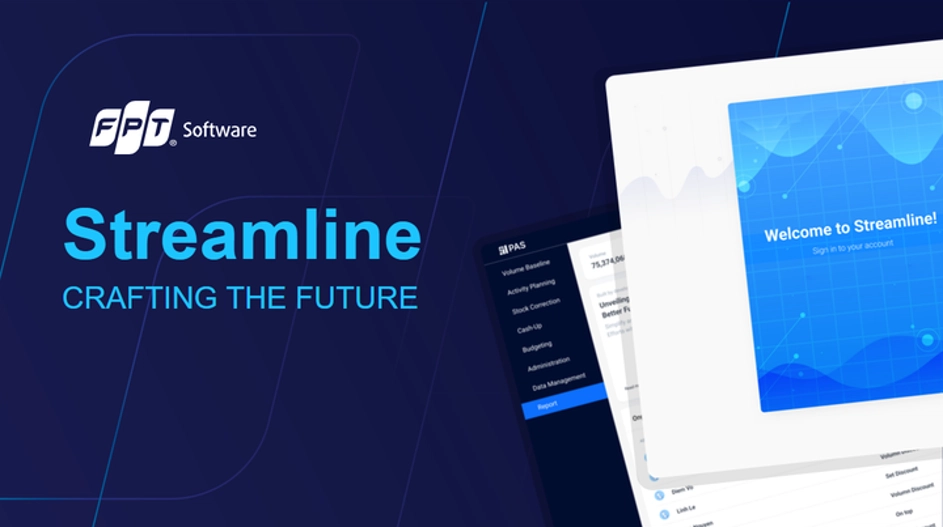
As businesses move toward the future, uncertainties continue to multiply. Indeed, companies struggle to anticipate developments and generate precise financial forecasts in dynamic markets. Thus, an advanced demand planning tool is essential to predict demands and unlock operational efficiency accurately.
What is demand planning?
Demand planning is a business process that involves forecasting future customer demand to ensure timely product delivery and manage inventory to avoid overproduction or stockouts. This process includes gathering and analyzing data to predict future sales, coordinating with supply chain operations to meet expected demand, and optimizing inventory levels to minimize costs and maximize customer satisfaction.
Current challenges of Demand Planning
- Integration issues: One of the challenges businesses are facing is to integrate demand planning software with other essential systems such as ERP (Enterprise Resource Planning), CRM (Customer Relationship Management), and supply chain management tools. Besides, many organizations rely on spreadsheets for demand planning, which cannot process process large datasets or handle complex forecasting models.
- Manual processes: Manual demand planning processes are typically labor-intensive and prone to human error, making producing accurate and timely demand forecasts difficult.
- Disrupted processes due to lack of communication: Effective demand planning requires robust communication and coordination across various departments. When departments operate without sharing critical information, the entire chain can be negatively affected.
Benefits of Demand Planning for businesses

Leveraging demand planning tools, enterprises can unlock several benefits:
- Increased revenue: By accurately forecasting future product demand, businesses can adjust their inventory levels accordingly. This ensures they maintain optimal stock levels to meet customer demand while minimizing excess inventory, which ties up capital and incurs storage costs. Additionally, effective demand planning helps prevent stockouts, which can lead to lost sales and dissatisfied customers. According to PwC, data-driven forecasting tools can provide an average financial gain of up to 85 million euros over five years.
- Enhanced communication between departments: Demand planning ensures that all departments within an organization are aligned. Demand planning helps synchronize sales forecasts with production plans, inventory management strategies, and financial projections by providing a clear understanding of expected demand.
- Optimized S&OP (Sales and Operations Planning): Accurate demand forecasts help organizations allocate resources more effectively. Sales teams can focus on high-demand products or target specific market segments, while operations teams can adjust production schedules and inventory levels to meet anticipated demand.
- Better lead time management: Demand forecasting is pivotal in effectively managing lead times. Accurate predictions of future demand enable companies to proactively communicate this information to vendors, facilitating adjustments in production schedules and inventory levels. This proactive approach can potentially reduce lead times - the time it takes for a vendor to fulfill an order after receiving it.
- More accurate budgeting: Understanding and predicting future sales facilitates the creation of precise budgets. Companies can allocate resources between paid marketing and low-cost efforts as needed. Moreover, they can plan for leaner periods, adjust spending accordingly, or offer bonuses to employees without disrupting operations.
- Enhanced customer satisfaction: Efficient demand forecasting reduces the risk of stockouts and ensures timely deliveries, thereby maintaining product availability. This reliability fosters customer satisfaction, strengthens brand loyalty, and safeguards long-term revenue by ensuring that customers consistently receive the needed products.
Streamline: A Reimagined Approach to Elevate Demand Planning
To overcome the challenges in harnessing data analytics for precise future demand predictions, FPT Software has developed Streamline - an advanced solution designed to enhance efficiency in sales demand planning, achieve accurate forecasts, and effectively manage inventory. Built primarily on Microsoft Azure services, Streamline leverages cloud-based solutions rather than traditional hardware infrastructure. As its name implies, Streamline can help automate manual task, allowing businesses to focus on critical activities and use data-driven insights for informed decision-making.

Why Streamline?
FPT Software’s Streamline enhances the efficiency of each stage within the Sales and Operations Planning (S&OP) process. Specifically:
- Gathering demand and supply data: Given 86% of companies consider outdated technology a major obstacle to effectively responding to customer needs, Streamline provides advanced data analytics tools to help businesses stay current with the latest technologies. With precise and timely demand forecasts, businesses can optimize production, procurement, product distribution, and promotional programs. Additionally, Streamline reduces manual data entry, improves data integration, and offers better administration and security.
- Demand planning: Streamline includes built-in tools for sharing forecasts and performing calculations, along with version control and scenario comparison. Notably, Streamline can perform up to 300M calculations per execution, calculating all combinations of planning dimensions (KPIs, SKUs, Customers, promotion types) and generates reports within 5 minutes. By generating different scenarios through customizable input parameters, businesses can compare and select the most suitable data, and highlight uncertainties in supply scenarios.
- Supply planning: Streamline allows the allocation of demand forecasts at the SKU level, facilitating a better supply planning process.
- Pre S&OP Meeting: Streamline enhances pre-S&OP meetings by enabling KPI comparison, which facilitates better communication and decision-making. Businesses can calculate over 20 common KPIs for the S&OP process, eliminating the need for Excel files. During these meetings, businesses can review trade-offs, make recommendations, manage risks, make decisions, and resolve open issues.
- Executive S&OP Meeting: Streamline offers actionable insights and reporting for executive S&OP meetings, enabling planning across multiple views, such as volume, cash flow, and budget, and in different scenarios. This robust reporting tool faciliate better S&OP decision-making with a complete view of the financial impact.
Heading towards the future with confidence
To improve business efficiency and anticipate future demands, it is essential for businesses to implement demand planning solutions. FPT Software is a trusted partner that helps enterprises unlock critical value and overcome major challenges on their digital transformation journey.
To understand more about Streamline, don’t hesitate to contact us.






























